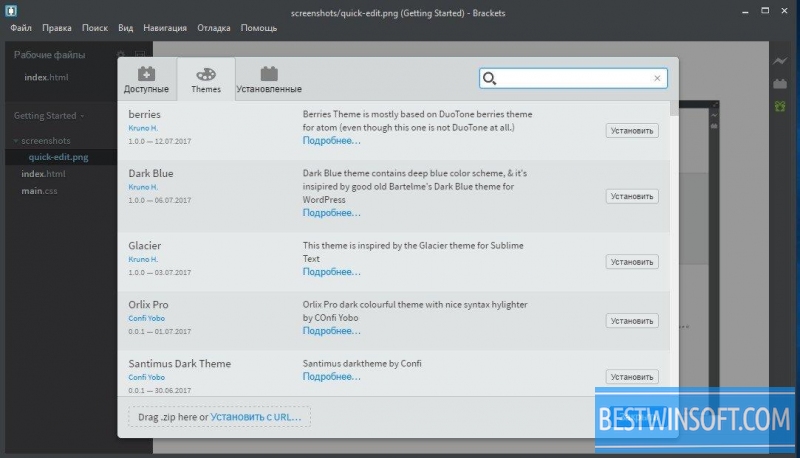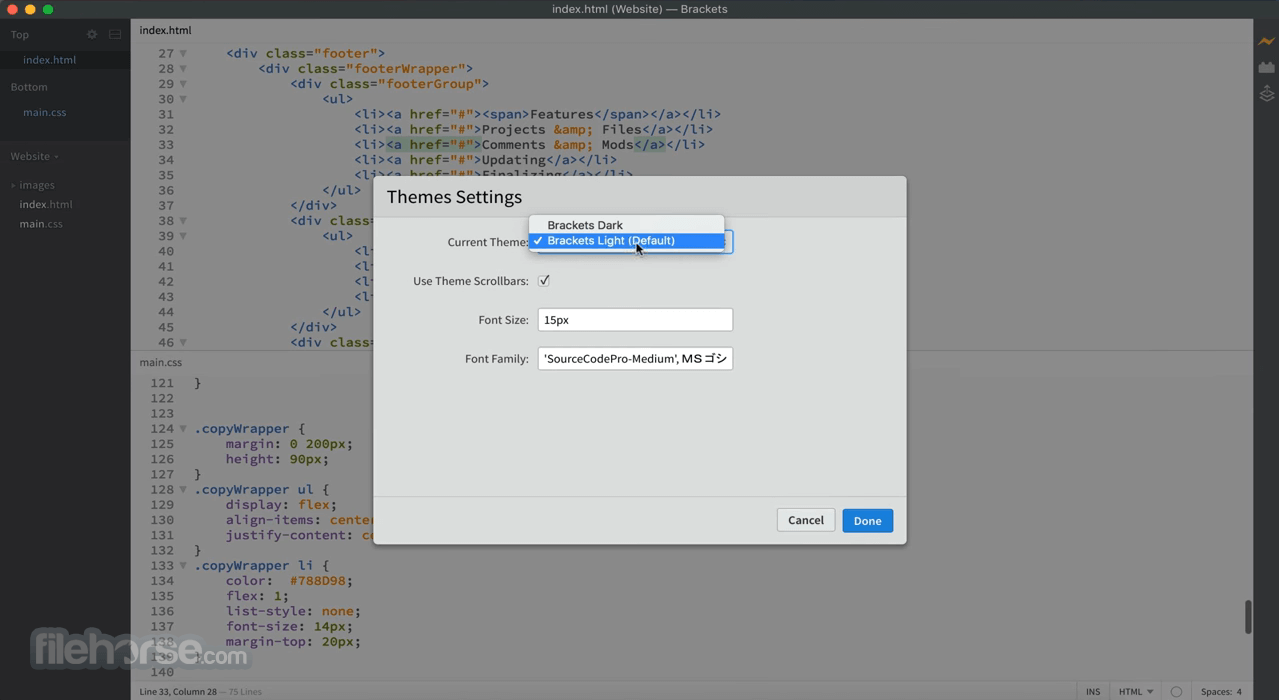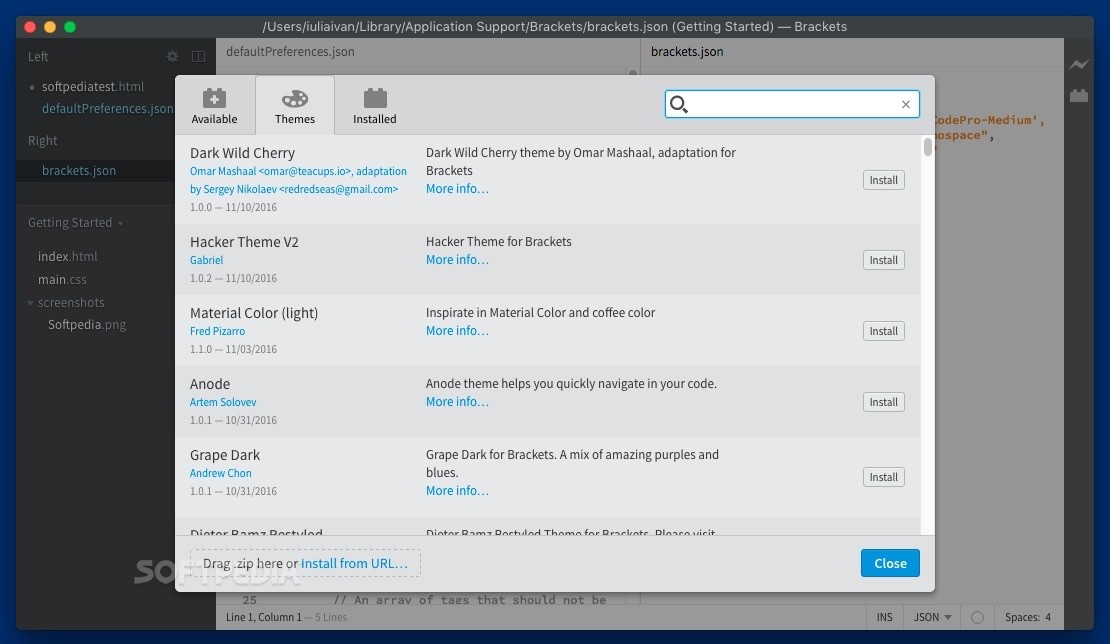
Haskell - supports concurrent, distributed, and parallel programming across multiple machines.Gambit Scheme – using the Termite library.

Erlang – uses asynchronous message passing with nothing shared.Eiffel (through the SCOOP mechanism, Simple Concurrent Object-Oriented Computation).
 E – uses promises, ensures deadlocks cannot occur. Clojure – a dialect of Lisp for the Java virtual machine. Cω – C Omega, a research language extending C#, uses asynchronous communication. ChucK – domain specific programming language for audio, precise control over concurrency and timing. Provides a message based parallel-first concurrency model. Ballerina – a language designed for implementing and orchestrating micro-services. Ateji PX – an extension of the Java language for parallelism. Alef – concurrent language with threads and message passing, used for systems programming in early versions of Plan 9 from Bell Labs. Visual Basic (use Common Intermediate Language (CIL) JIT to native runtime). Smalltalk platform independent bytecode for a Virtual Machine. Simula (first object-oriented language, a superset of ALGOL 60). SequenceL – purely functional, parallelizing and race-free. Nemerle (into intermediate language bytecode). Kotlin (Kotlin/Native uses LLVM to produce binaries). Java (usually JVM bytecode to machine code). Inform (usually story files for Glulx or Z-code). Fortran (first compiled by IBM's John Backus). DIBOL (Digital Interactive Business Oriented Language).
E – uses promises, ensures deadlocks cannot occur. Clojure – a dialect of Lisp for the Java virtual machine. Cω – C Omega, a research language extending C#, uses asynchronous communication. ChucK – domain specific programming language for audio, precise control over concurrency and timing. Provides a message based parallel-first concurrency model. Ballerina – a language designed for implementing and orchestrating micro-services. Ateji PX – an extension of the Java language for parallelism. Alef – concurrent language with threads and message passing, used for systems programming in early versions of Plan 9 from Bell Labs. Visual Basic (use Common Intermediate Language (CIL) JIT to native runtime). Smalltalk platform independent bytecode for a Virtual Machine. Simula (first object-oriented language, a superset of ALGOL 60). SequenceL – purely functional, parallelizing and race-free. Nemerle (into intermediate language bytecode). Kotlin (Kotlin/Native uses LLVM to produce binaries). Java (usually JVM bytecode to machine code). Inform (usually story files for Glulx or Z-code). Fortran (first compiled by IBM's John Backus). DIBOL (Digital Interactive Business Oriented Language). 
Delphi ( Borland's Object Pascal development system).DASL to Java, JavaScript, JSP, Flex as.C++ (multiparadigm language derived from C).C (one of the most widely used procedural languages).BASIC (including the first version of Dartmouth BASIC).Ballerina (to bytecode for runtime (BVM)).ALGOL 60 (very influential language design).






 0 kommentar(er)
0 kommentar(er)
